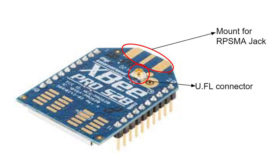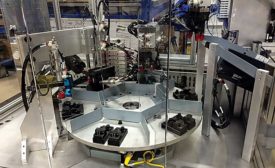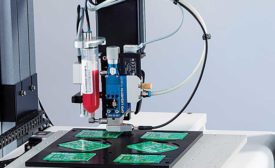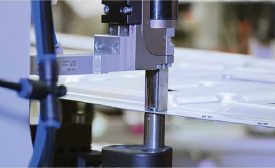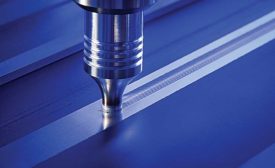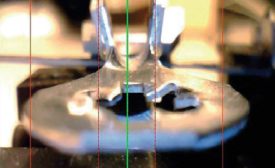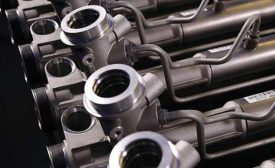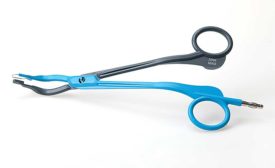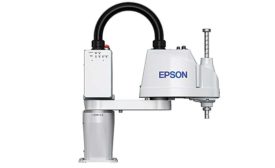Featured on Home Page
The choice of cable, connector, or antenna relies heavily upon the application.
Read More
Uncovering Hidden Capacity Using OEE
By monitoring OEE, assemblers can reduce process variability, changeover times, overtime expenditures and capital investments.
October 20, 2017
New Technology for Micro-Dispensing
Noncontact jetting offers distinct advantages over needle-based technology for micro-dispensing applications.
October 19, 2017
Fasteners for Automotive Lightweighting
Hybrid welding-fastener processes join self-piercing riveting as the best technologies for automotive lightweighting.
October 17, 2017
Friction Stir Welding Expands Its Reach
Originally developed for joining aluminum, friction stir welding is now being applied to other materials, including steel, copper, titanium and even nylon.
October 12, 2017
Crimping Small Terminals
Advanced tools and processing equipment are designed to meet the many challenges of crimping small wire.
October 10, 2017
Defending Made-In-The-USA Claims
To claim that a product is “made in the USA,” a manufacturer must make “all or virtually all” of the product in the USA.
October 9, 2017
Wiring Autonomous Vehicles
Next-generation electrical systems will be critical to automated cars.
October 5, 2017
Never miss the latest news and trends driving the manufacturing industry
Stay in the know on the latest assembly trends.
JOIN TODAY!Copyright ©2024. All Rights Reserved BNP Media.
Design, CMS, Hosting & Web Development :: ePublishing
